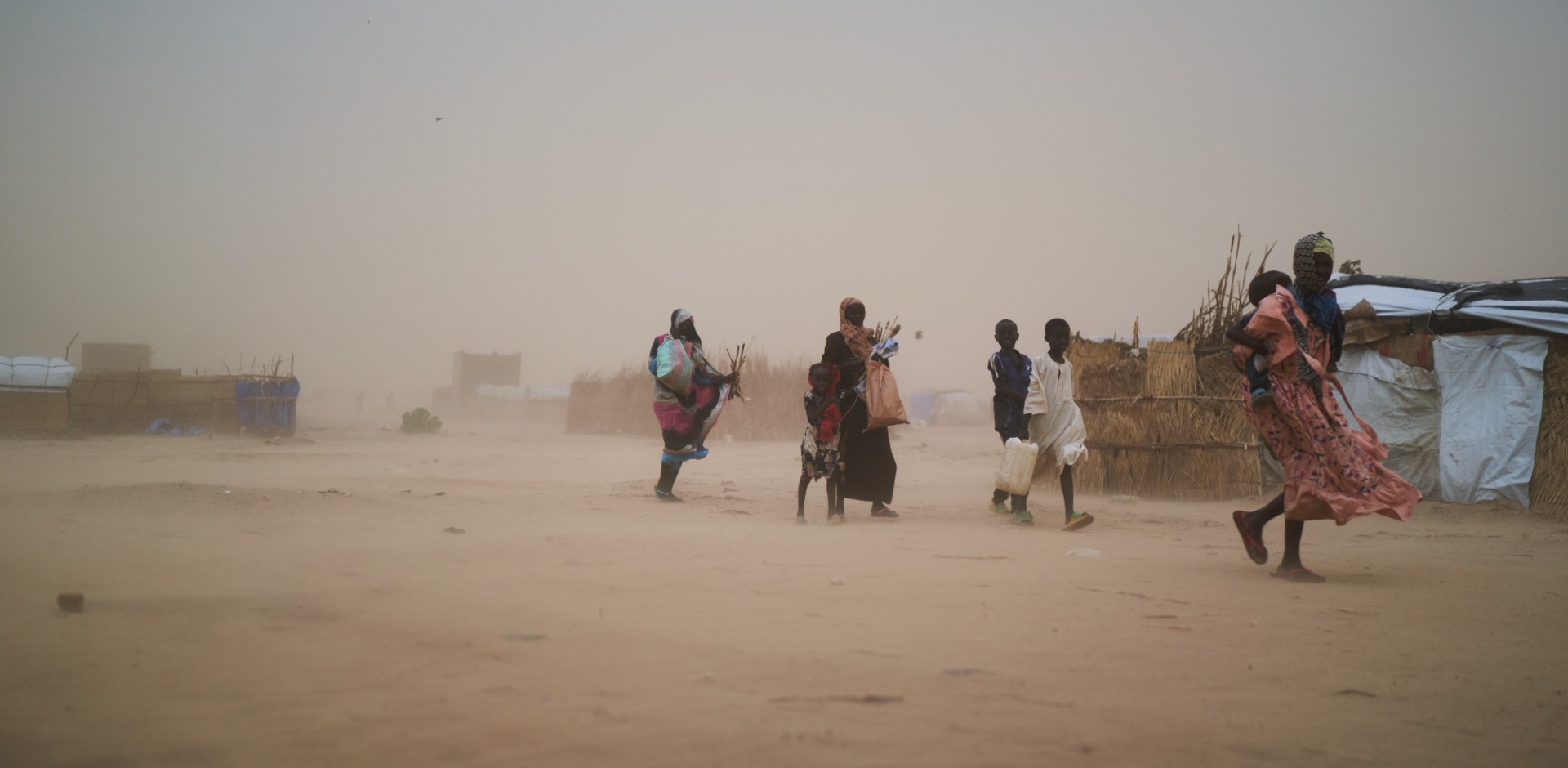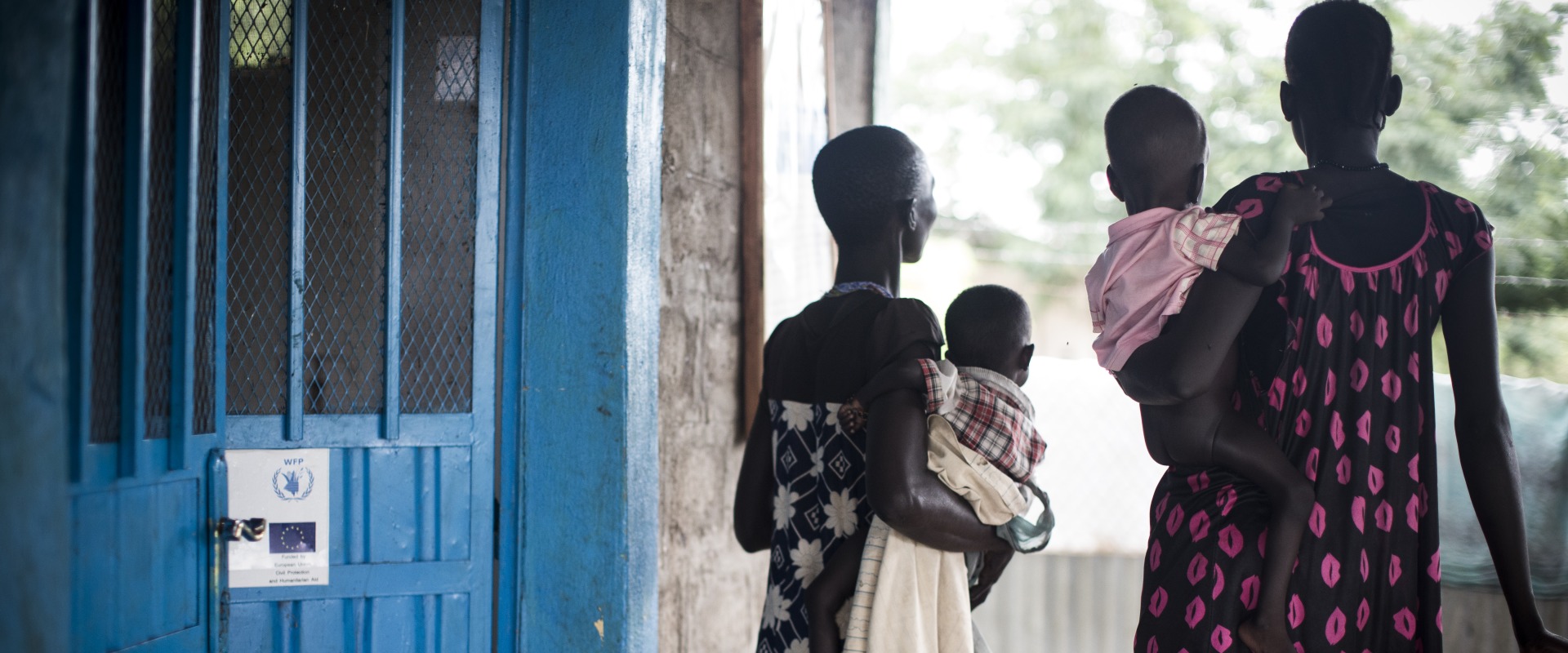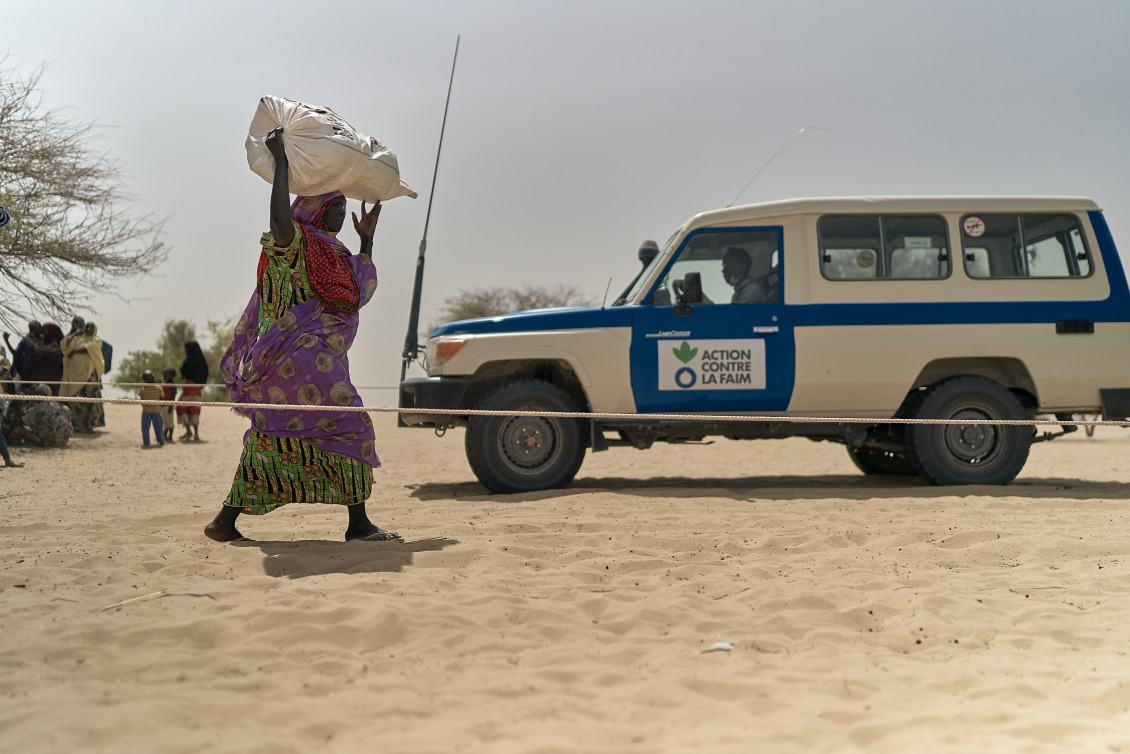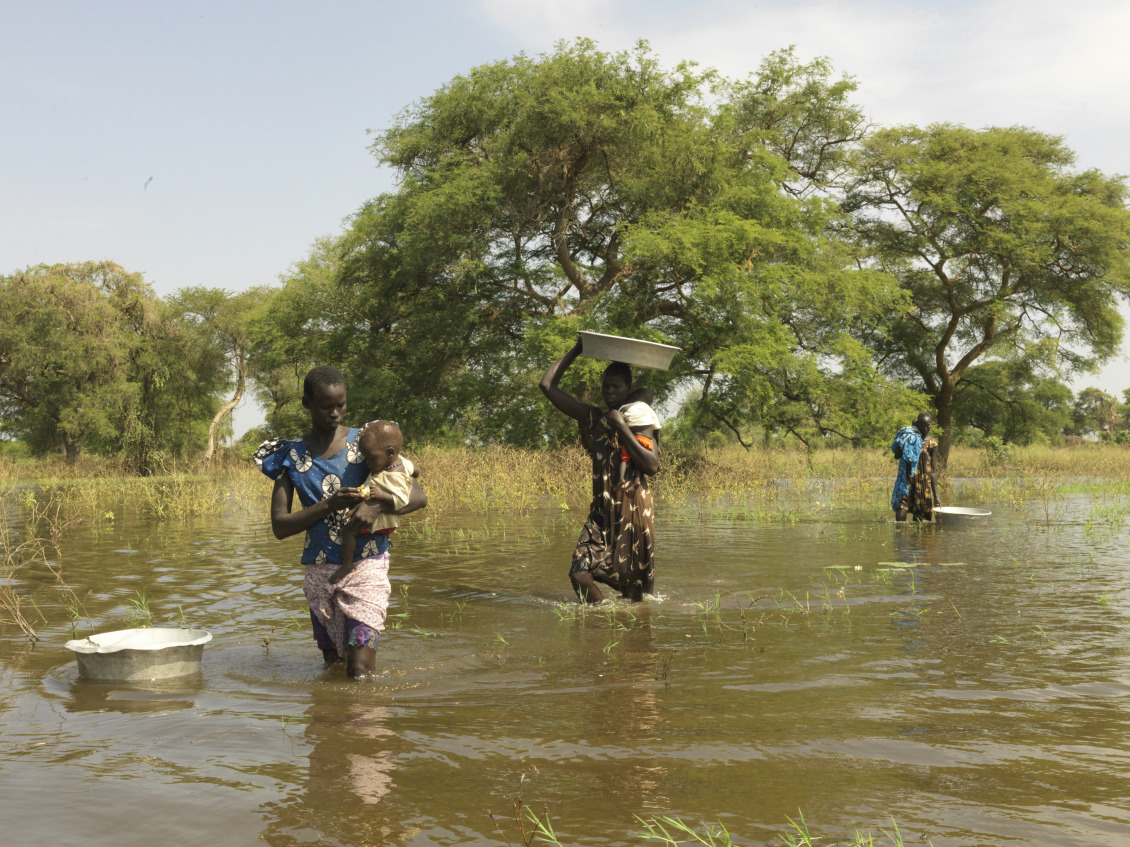
FAMINE IN SUDAN

It’s been less than a month since conflict erupted in Sudan, and more than 150,000 people have been forced to flee the country. Families from across the country are desperately trying to avoid violence and find safety, and all are in dire need of humanitarian assistance, including food, water, health services, and shelter.
If the fighting continues, estimates from the UN predict that there will be nearly 860,000 refugees in the next six months. Displaced families are fleeing out of desperation, but many will end up in similarly dangerous situations. The Horn of Africa has been facing its worst drought in 40 years, and many of Sudan’s neighboring countries are already burdened with extended dry periods followed by flash flooding, chronic inequality, and ongoing conflicts.

Many Sudanese people don’t have the means or resources to travel miles to get to the country’s borders. Even before the crisis, one third of the population urgently needed humanitarian assistance. More than 730,000 people are now internally displaced, double last week’s count. Still, clashes in Khartoum and in neighboring cities continue to make conditions unlivable for most families. Security risks are at an all-time high as shellings, air strikes, and other attacks, on targets that include residential areas, escalate. More than 5,100 people have been injured and 604 have died.
Despite external pressure from the United Nations and humanitarian organizations to allow the safe passage of relief supplies, thousands of people are still trapped without access to basic life-saving necessities.
Health care facilities have been attacked, leaving elderly and sick people completely cut off from medicine. Pregnant women and new mothers are also unable to continue important pre- and post-natal treatment. Even before the conflict, the country faced high levels of food insecurity. Now, since the fighting broke out, more than 50,000 acutely malnourished children have been cut off from their treatment.
The country’s infrastructure is also taking a hit. Bombings have damaged health care facilities and destroyed water pipes. Many people are bathing and drinking in the Nile River and quickly getting infected with life-threatening parasites and other waterborne diseases. The lack of healthcare is dire—and this is just the beginning. In the coming months, the population’s mental health struggles will continue to emerge as well.
Still, in the midst of crisis, Action Against Hunger is on the ground providing lifesaving services. Our staff are assessing urgent needs and planning our response across White Nile, Blue Nile, and South Kordofan States. At the national level, we are working with our United Nations and humanitarian partners to measure the impact of the conflict and to increase access to health services, nutrition treatment, emergency cash, shelter, food, and other urgently needed assistance.
Some Sudanese families have managed to reach neighboring countries, often giving up their livelihoods and facing life-threatening obstacles on the path to safety. Action Against Hunger is assisting as many people as we can.

Over 30,000 have fled Sudan for Chad, a country that’s historically hosted an exceedingly large refugee community. Even before the fighting broke out, over 400,000 Sudanese refugees called the country home. In the coming months, more than 250,000 more could cross the 870-mile desert border.
Due to the influx of refugees, Chad’s population have endured persistent difficulties, including poor harvests resulting in acute food insecurity. Action Against Hunger’s emergency teams have been deployed to evaluate the dire situation. In the coming days, we are planning to distribute hygiene kits to around 3,000 people.

Out of more than 43,000 people who have fled to South Sudan, more than 90% are newly arrived returnees – South Sudanese people who were living in Sudan as refugees but returned home once the fighting began. By July, this number could rise to 180,000. Women and girls make up more than half of the new arrivals, and more than 53% of the arrivals are under the age of eighteen.
Many returnees reach the border exhausted and without enough money. They have no permanent home to return to—most are sleeping in open spaces or make-shift shelters. They lack access to school, nutritious food, and clean water. The conflict in Sudan has already affected South Sudan’s economy. The cost of fuel has spiked 60% in two weeks, and food prices are up by more than 30% in some areas. All of this further exacerbates the challenges in a country that’s already dealing with one of the world’s worst hunger emergencies.
Action Against Hunger is developing a Crisis Response Plan for refugees coming into South Sudan. We’ve outlined a timeline and hope to provide long-term safety for years to come. First, we’ll focus on immediate needs and deliver urgent humanitarian assistance. This includes the distribution of water, food, and non-food items—key supplies that could include anything from blankets to hygiene kits to cooking materials. We’ll also set up emergency shelters and providing basic security and protection for women and girls against gender-based violence, as well as men and boys against forced military recruitment.
The next stage of our response, roughly three to six months after first welcoming the refugees, will focus on nutrition; health; and water, sanitation, and hygiene (WASH), to ensure communities have access to latrines and clean water. We’ll also start helping refugees build back their livelihoods and launch a cash transfer system to further fund their needs.
We are working with the local government, the UN, and other humanitarian actors.

In Sudan and other parts of the world, violence forces people from their homes and causes hunger.
Many of Sudan’s neighbors are already severely stressed due to climate shocks, other conflicts, food insecurity, and more. Existing humanitarian operations don’t have the funds to provide support for all refugees crossing the borders into these countries, which include about 70,000 refugees fleeing to Egypt, over 15,000 people to Ethiopia, and 6,300 people to the Central African Republic.
Action Against Hunger has worked in Sudan since 2018, and today, needs in the country are at an alarming all-time high. Around 48 million people have been affected by the recent conflict, and our teams in Sudan and beyond plan to provide lifesaving humanitarian assistance and to support as many people as we can.
Join our community of supporters passionate about ending world hunger.